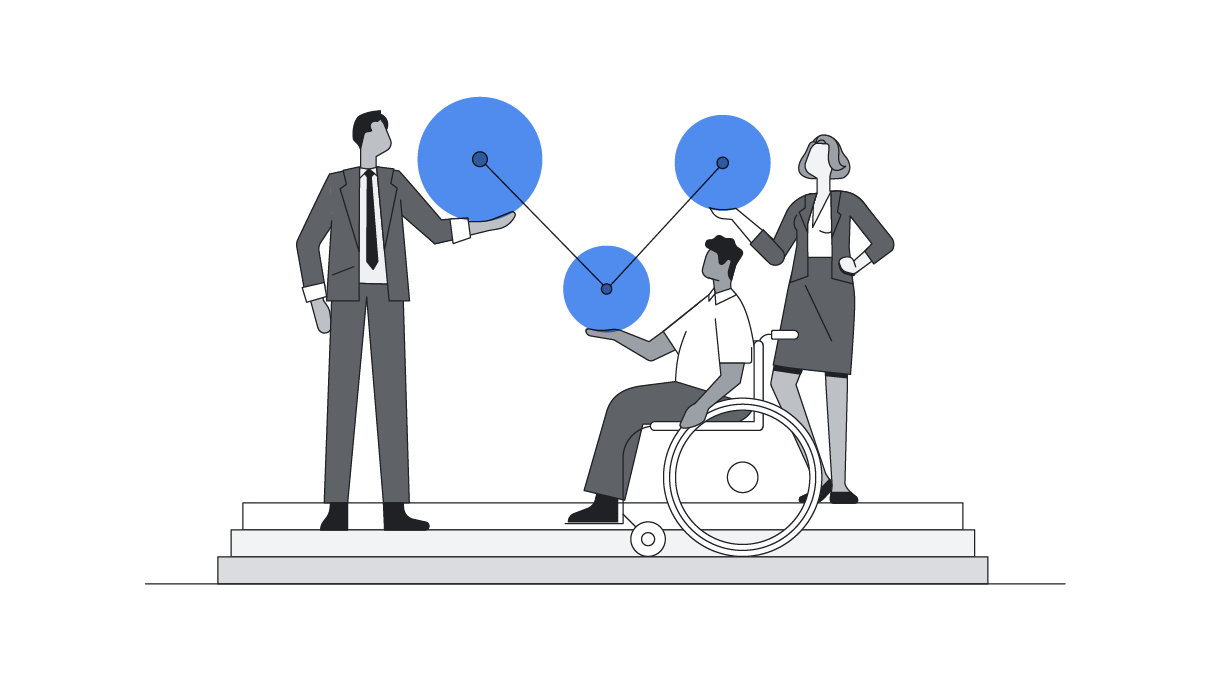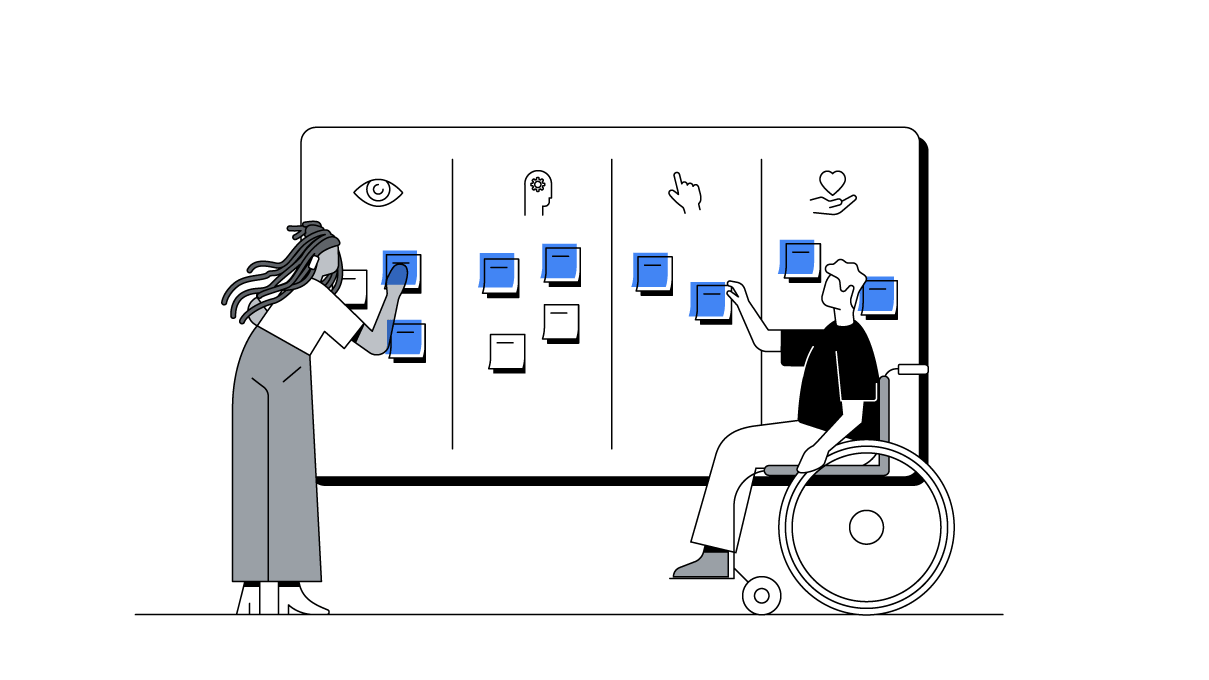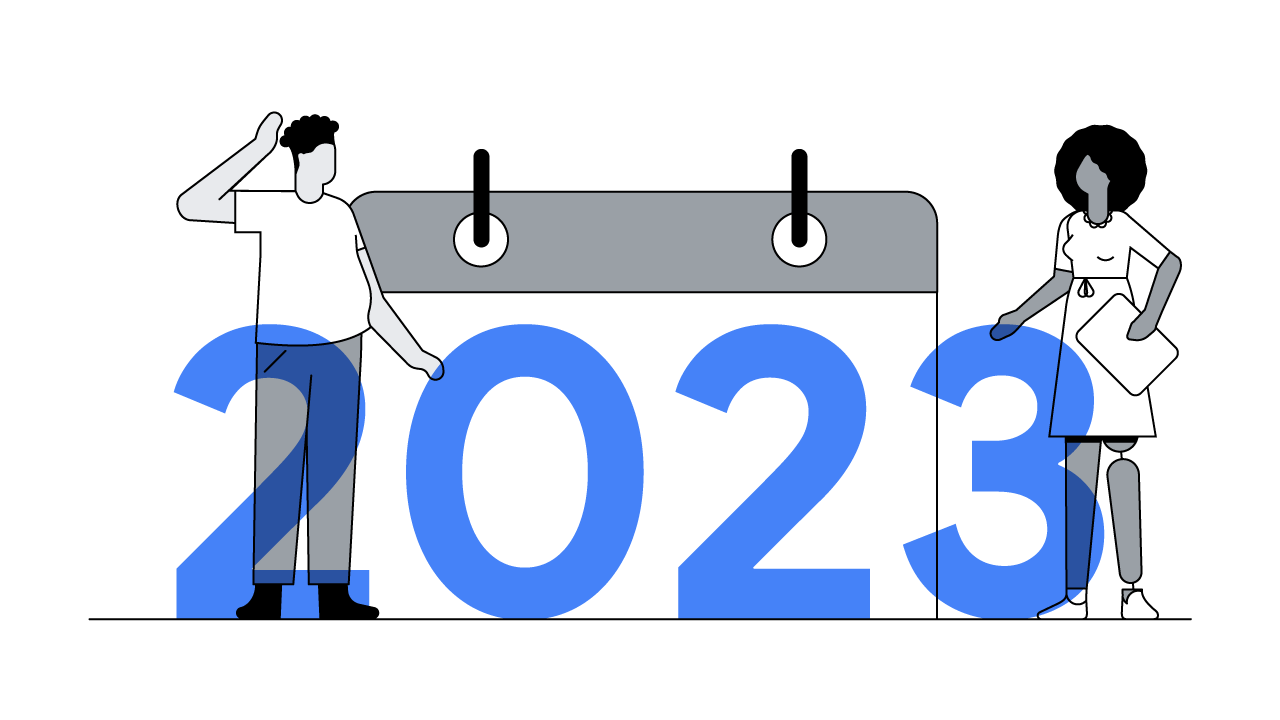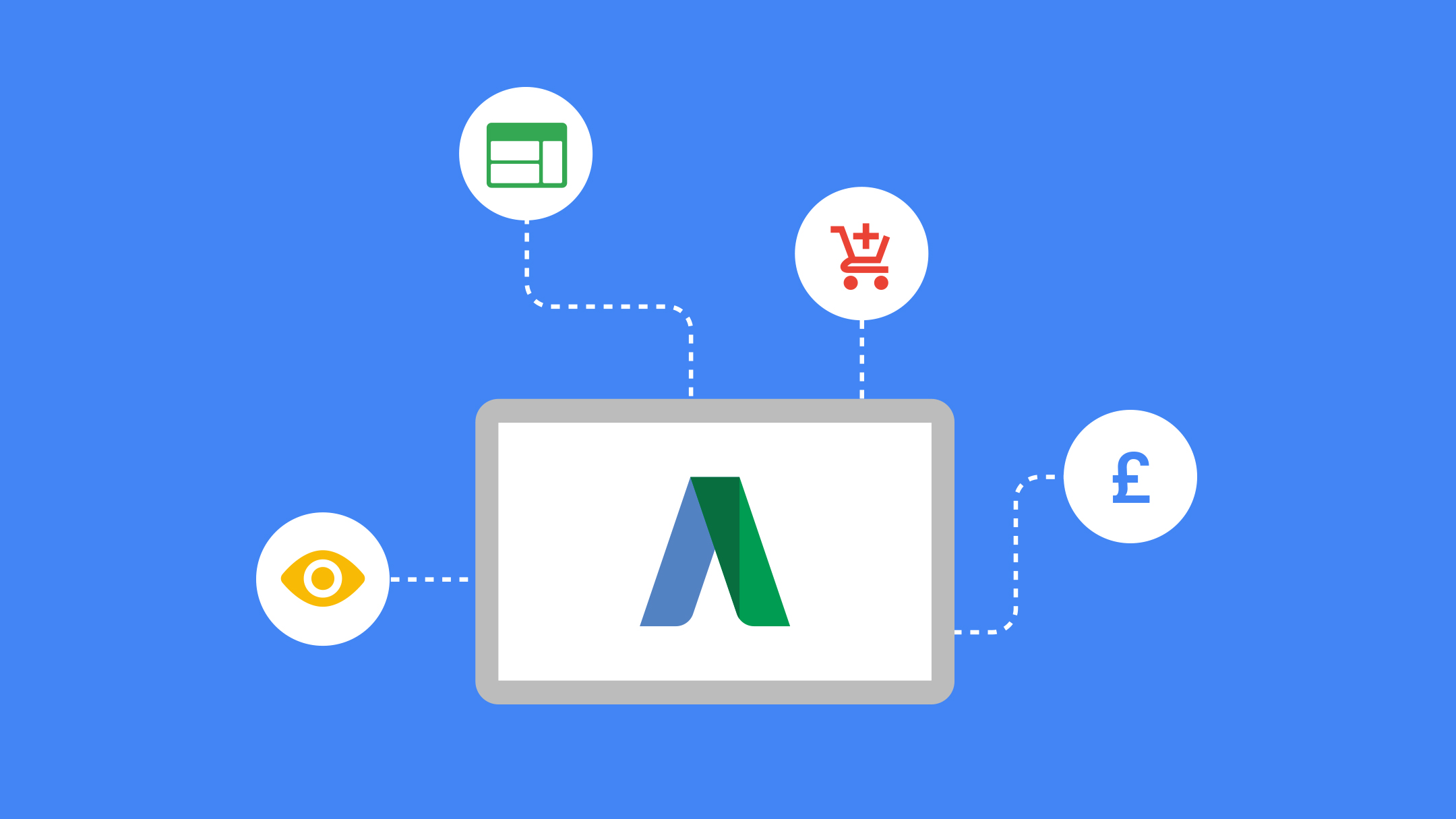The task of understanding the customer journey and choosing the optimum moment to engage a prospect is becoming more complex as consumers increase the time they spend online and switch between a variety of devices.
The consumer path to purchase, from initial inspiration to research, product comparison and final conversion, is no longer linear. Nearly half of Europeans use three or more connected devices and 36% of under-35s in the UK who researched a recent purchase used a smartphone.1
This change in consumer behaviour offers incredible opportunities for those who put people at the heart of their online marketing strategy and map activity to the individual characteristics of consumers. Businesses that understand how to interpret potential customers' intent with contextual information can better identify the right consumers for their products, gaining a competitive edge and increasing sales.
Multiple times a day, consumers are taking actions online that demonstrate their wants and needs in the moment. Businesses that blend this consumer intent with contextual information can apply an audience strategy through all of their campaign activity. They will be able to better target the right audience and serve them relevant ads, leading to a better user experience, and therefore, higher conversion rates.
What steps can advertisers take to improve their marketing via an audience strategy?
- Engage Consumers With Relevant Messages Across the Web: Once you've created an audience targeting strategy, it can be deployed across Search, Display, YouTube and Gmail. You can target display ads based on a consumer's interests, demographics and previous web browsing activity or optimise a search bid based on whether a prospect has previously interacted with you. 75% of online consumers have taken action after seeing a message from a company that is relevant to them. Audience targeting allows you to make your message as relevant as possible, no matter where consumers are online.
- Find The Right Balance Of Segmentation For Effective Marketing: Advertisers already using audience targeting may be making the mistake of over-segmenting and creating too many user lists. Segmentation is key to effective marketing but brands need to establish the right balance with the help of their tech and agency partners so it does not hinder performance. Over-segmentation can result in a campaign full of unnecessary lists that are costly and time-consuming to manage.
- Increase The Number Of Qualified Prospects: Audience strategies can be tailored to each phase of the consumer purchase journey:
• Top of funnel: Target consumers based on their interests and browsing behaviour to recruit fresh leads.
• Mid-funnel: Use tactics such as in-market and affinity marketing to target consumers expressing intent to purchase or interest in a product or service.
— In-market targets consumers who are actively researching services or products similar to yours. For instance, a person looking at car comparison and review sites is showing intent to purchase a vehicle.
— Affinity looks at an individual's browsing habits to identify interests that can help place the user on an appropriate targeting list. For example, a cycling enthusiast flags their passion by consistently visiting sites devoted to sporting results, bike maintenance and relevant books.
• Lower funnel: Use retargeting to serve tailored, personalised ads to consumers who have interacted with your brand.
Smart businesses using audience marketing techniques will deploy all these tactics throughout the funnel. Cross-referencing upper, mid and lower funnel activity and analysing the results can lead to better campaign integration and optimisation.
What More Might Advertisers Do?
- Tailor creative to audience signals: Brands should use collated audience signals to create tailored campaigns - by gender, age or interest. The more tailored a message can be to the characteristics of an audience list, the more successful the creative will be.
What's Happening At the Cutting Edge Of Audience?
- Dynamic Creative: The new challenge for marketers is developing dynamic creative that is personalised and engaging at scale. The cost of developing several different pieces of content for various stages of the customer journey that is also customised for the individual can be expensive. If creative can be automated then campaign delivery will be quicker and cheaper.
However, complete automation of all the variables and parameters of a campaign, including figuring out who to reach, when to reach them, the right price to bid and the right message to show, is still to materialise. Each development, such as dynamic retargeting that shows previous website visitors ads that contain the actual products and services that they viewed, raises the bar for audience marketing.
In sum, advertisers that gather and integrate signals about a consumer's online and offline actions to create a complete picture of likes, behaviours and intentions will have a much better chance of understanding how to create relevant messages. Adopting a cross-channel and cross-funnel audience strategy will allow businesses to optimise ad spend and see a greater return on investment.






